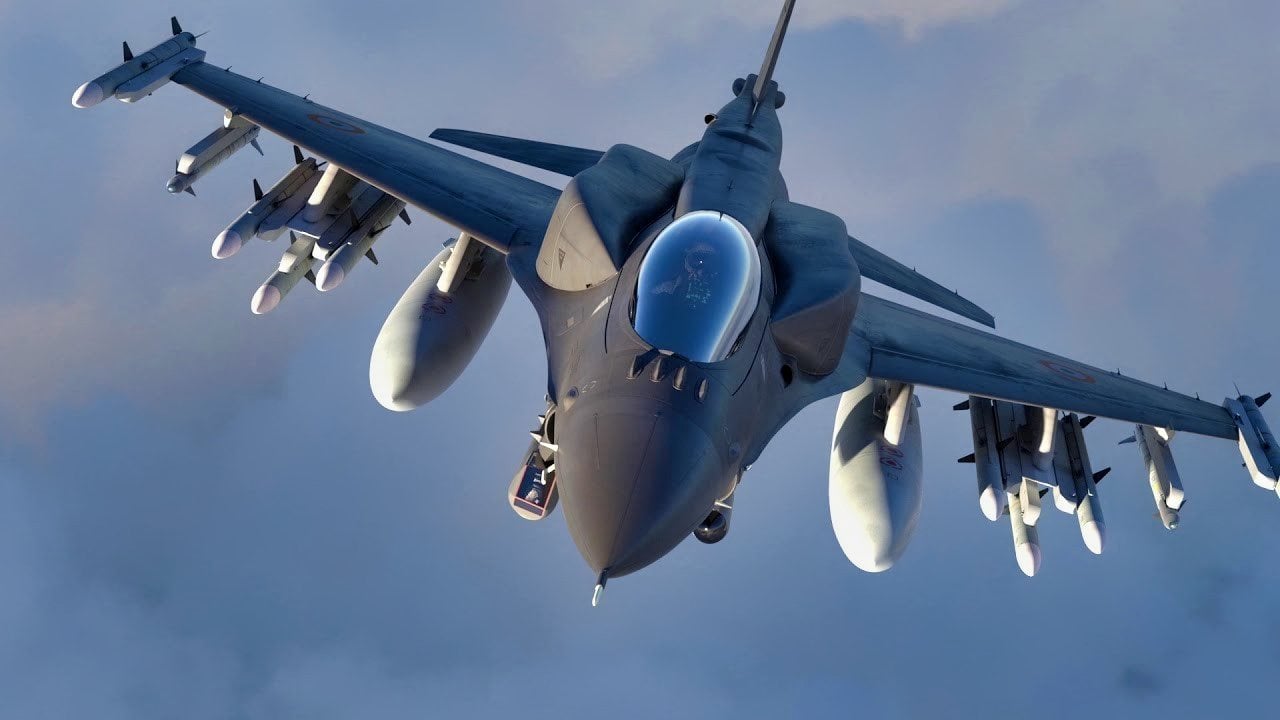- Views: 6K
- Replies: 64

Hindustan Aeronautics Limited (HAL) marked a significant achievement with the successful test flight of the first production series Tejas Mk-1A Light Combat Aircraft (LCA).
This milestone underscores the progress of India's ambitious program to develop and manufacture indigenous fighter jets. However, the Indian Air Force (IAF) continues to desire more advanced capabilities, fueling a potential evolution of the Tejas platform.
The Tejas Mk-1A and Beyond
The IAF plans to formally order 97 additional Tejas Mk-1A jets later this year. This variant offers improvements over the initial Tejas Mk-1, including an upgraded sensor suite and avionics.These 97 jets are expected to be inducted into active service within the next 3-4 years, a timeframe that strategically aligns with the beginning of trials for the even more capable Tejas Mk-II.
The Mk-II design boasts a more powerful engine, increased internal fuel capacity, an AESA radar, and other enhancements.
Potential Emergence of the Tejas Mk-1B
Ongoing discussions between HAL and the IAF are focused on the final specifications for the second batch of Tejas jets.The IAF's drive for cutting-edge capabilities is motivating potential changes and upgrades, laying the groundwork for a possible new variant designated as the Tejas Mk-1B.
Specific areas of consideration include enhanced avionics and other modifications to ensure the fighter remains relevant to the IAF's long-term strategic needs.
Tejas: A Symbol of India's Defence Ambitions
The Tejas program embodies India's growing aspiration for self-reliance in defense technology.The success of the Tejas Mk-IA, along with the ongoing development of the Mk-II variant, demonstrates India's capability to design and produce advanced fighter aircraft.
The continued evolution of the Tejas platform through potential variants like the Mk-1B signals India's commitment to a robust, indigenously developed air combat capability.

